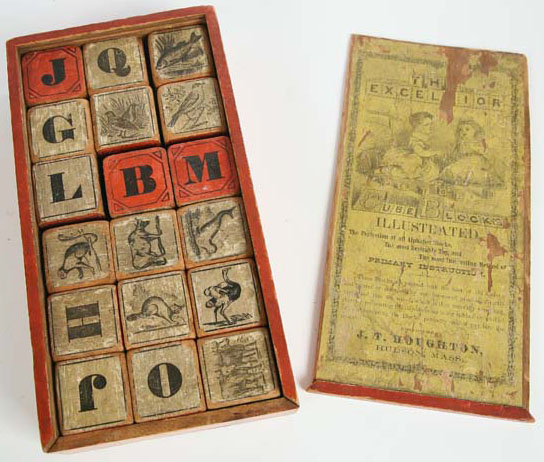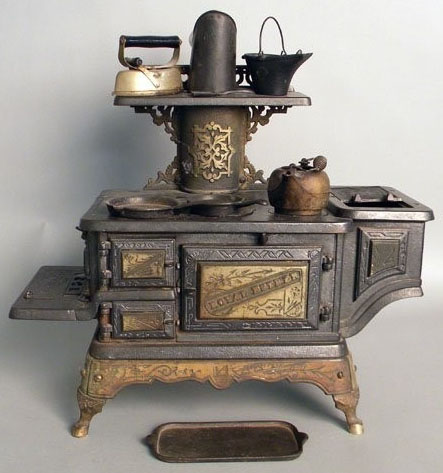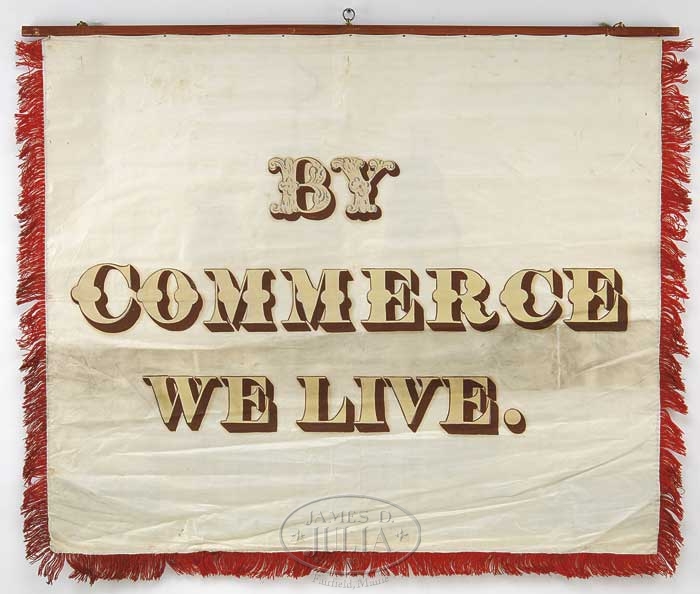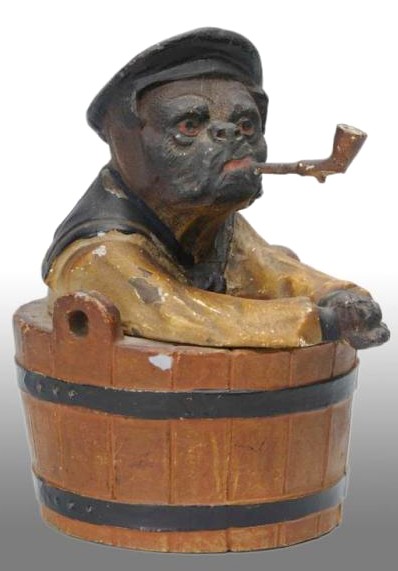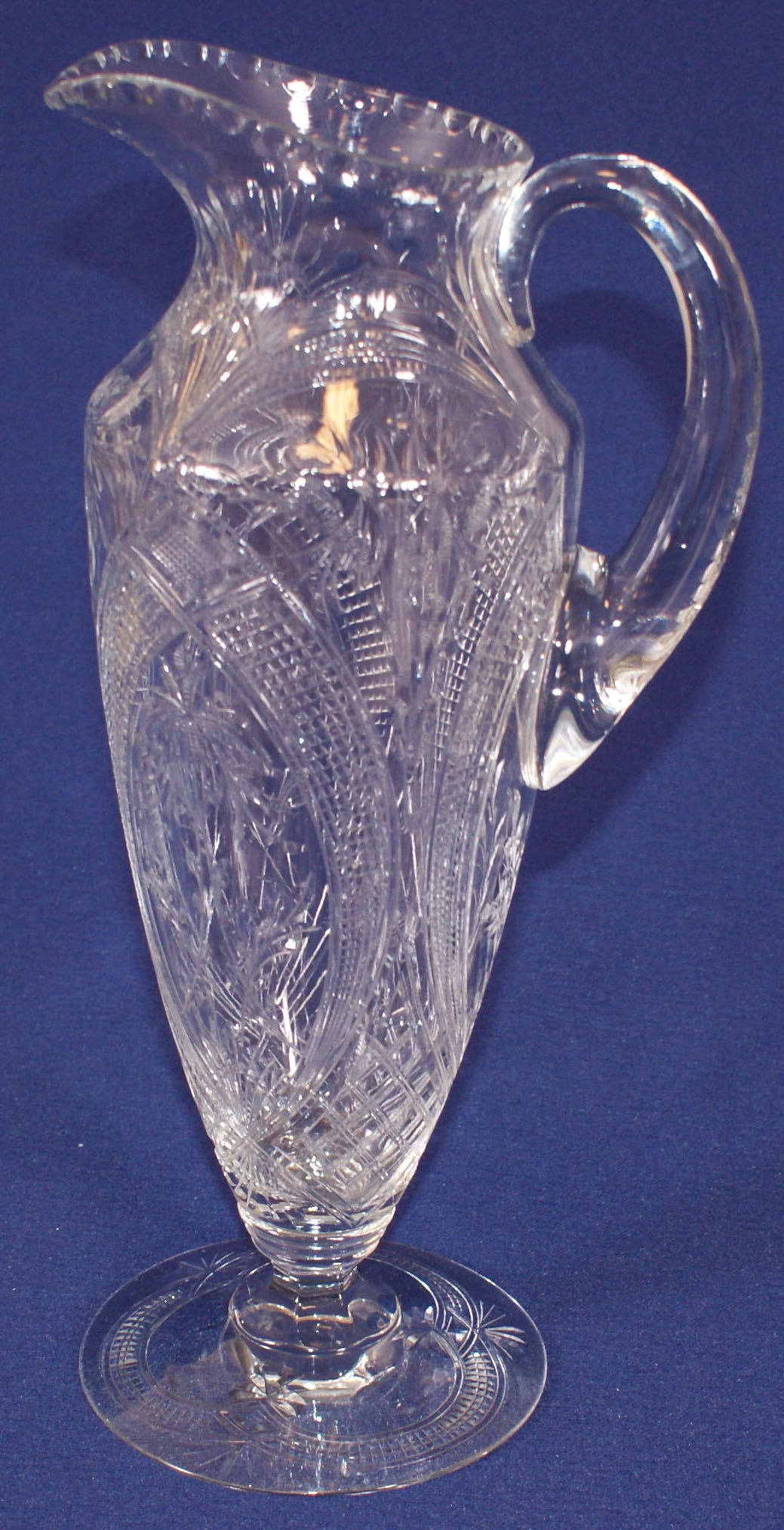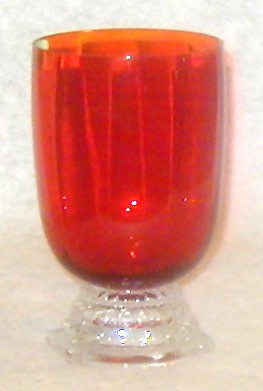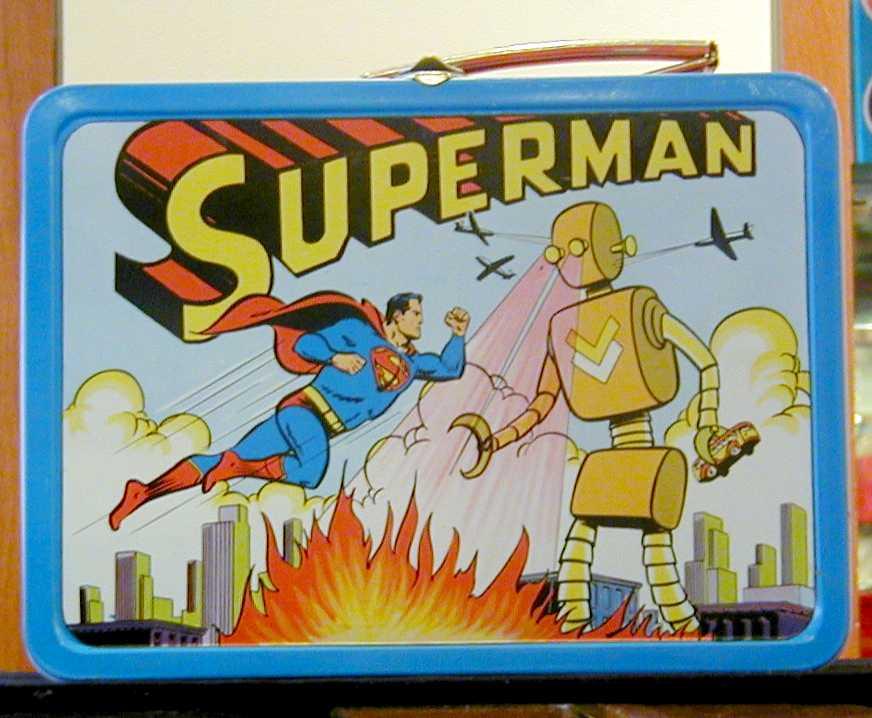When did toys become so complex? Until about eight, my life was complete with a Raggedy Ann doll, my trusty rumbling Big Wheel, a checkerboard, a mismatched set of Legos, a tub of crayon stubs and a heap of recycled scrap paper. And access to the garage…. Honestly, when I think of the amount of trouble I was able to get into with a limited supply list, I realize that my brother and I were sort of the MacGyvers of childhood mischief. And yet today, I’m facing down an industry that wants me to believe that from birth, a child requires a constant battery-fed diet of bouncing, flashing, chiming, beeping and buzzing!
Clearly, there are collectors who agree with me, choosing to treasure the nostalgic relics of their childhood. Toys that were popular years ago are still popular with collectors today. Simple toys like miniature stoves (without lights and working knobs), wood blocks (like the ones pictured above, without interlocking tabs designed by MIT engineers), and barnyards full of animals (that do not make noises and are not fully-articulated) often bring great prices at auction. As is the case with many items, rarity contributes to value, and most children’s toys and board games are rare simply because they don’t survive being “loved” for years, meaning that moms tend to toss them when cleaning out closets. It’s important to keep in mind that because rarity affects prices, some of the most common toys and games like Monopoly actually don’t always bring large sums. Unusual games that few people have heard of, like Going to the Klondike and The Stanley Africa Game, tend to bring stronger prices, especially if they’re from the early days of board and parlor games in the late 1800s. All of this leads to a second value factor buyers should keep in mind: condition, as game pieces end up missing, boxes cave in and paint wears off over time. We often hear about toys in original boxes bringing great money, and that’s probably in part just because retaining the box is a convenient shorthand way of conveying that the toy has been well-cared for over the years.
With vintage toys commanding strong prices, it pays to double-check when you’re cleaning out closets or sorting through a picnic table full of things at a yard sale. Just make sure you count all the pieces to guarantee that you’re not “Sorry!” about your purchase!
-Hollie Davis, Senior Editor, p4A.com
Click here to browse all toys in the p4A database.

